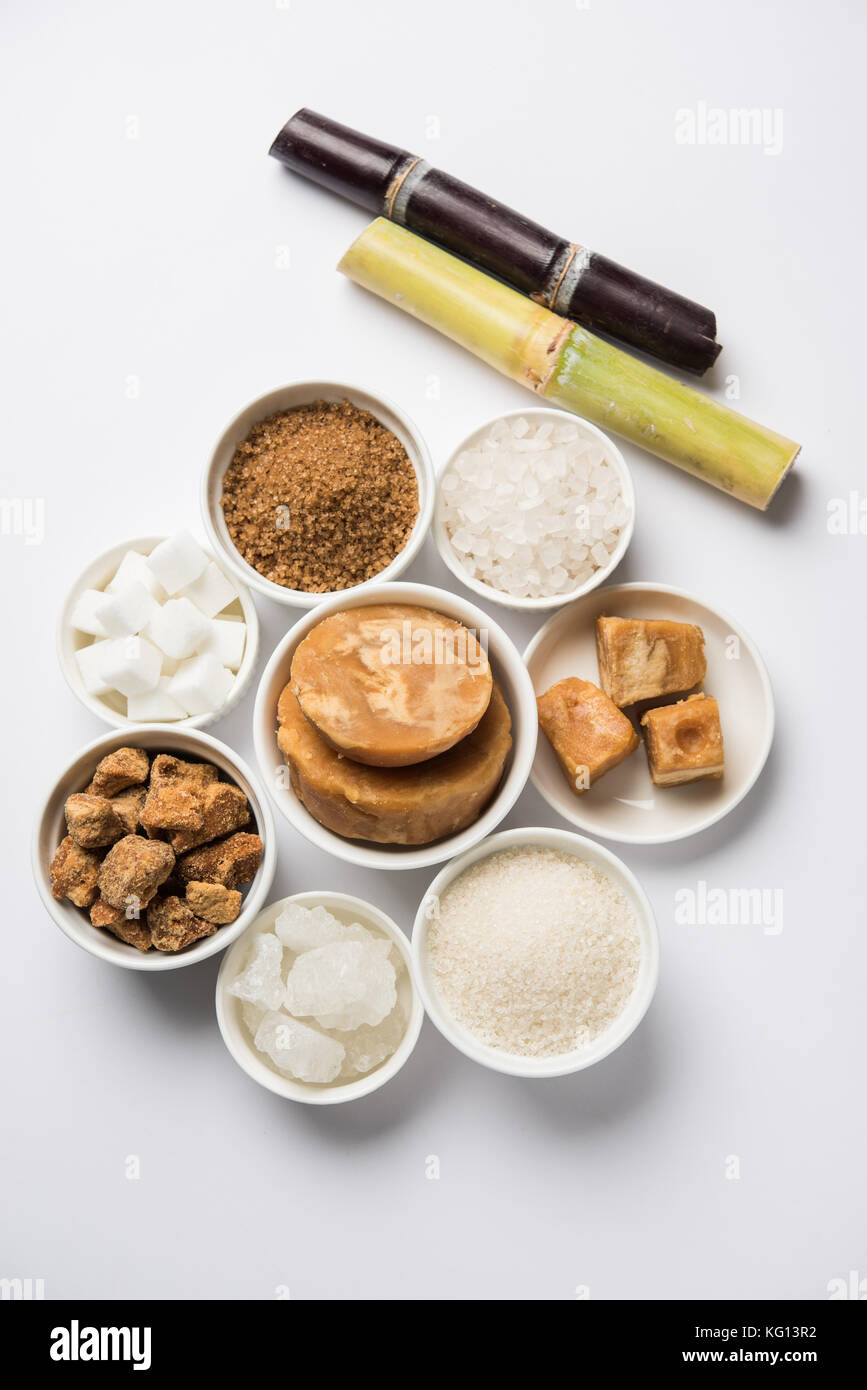Lasting Sugarcane Products: From Sweeteners to Eco-Friendly Product
The possibility of sustainable sugarcane products expands past standard sugar to include a variety of environmentally friendly items, offering a compelling instance for their assimilation into modern customer methods. As the world grapples with pressing environmental problems, sugarcane emerges as a versatile source qualified of dealing with both dietary demands and sustainability goals.
Summary of Sugarcane Sustainability
As the demand for environmentally friendly items grows, comprehending sugarcane sustainability becomes significantly important. Sugarcane, a functional crop, is grown mostly in subtropical and exotic areas, and its sustainability is critical for both environmental health and economic feasibility. Sustainable sugarcane farming methods concentrate on decreasing ecological effect while taking full advantage of performance and success.
Trick facets of sugarcane sustainability include efficient land use, reduced chemical input, and enhanced water monitoring. Practices such as plant turning, incorporated insect management, and organic fertilization add to soil health and biodiversity. Furthermore, innovative innovations, such as accuracy agriculture, assistance optimize source use and minimize waste.
Furthermore, sugarcane is a renewable energy, with by-products that can be made use of in various sectors, from biofuels to eco-friendly plastics, consequently minimizing reliance on fossil gas and reducing carbon footprints. Accreditations like the Bonsucro basic urge lasting methods throughout the supply chain, advertising transparency and accountability.

Sugarcane-Based Sweeteners
Utilizing sugarcane as a primary resource, sugarcane-based sugar have obtained prominence as natural choices to synthetic sugar and refined sugars (sugarcane product). These sugar, originated from the extraction and handling of sugarcane juice, provide a variety of products that deal with diverse consumer preferences, including organic and minimally processed choices
Raw walking stick sugar keeps more of the all-natural tastes and nutrients discovered in sugarcane, making it a popular selection for health-conscious customers. Panela, a standard Latin American sugar, is produced by vaporizing sugarcane juice, maintaining its natural minerals and vitamins.
The expanding need for sugarcane-based sugar is driven by raising awareness of health and wellness and sustainability concerns associated with traditional sweeteners. By choosing sugarcane-derived items, customers not only support lasting farming practices yet also add to a much healthier lifestyle, aligning their dietary options with their ecological worths.
Biodegradable Product Packaging Solutions
Arising as a sensible alternative to conventional plastics, naturally degradable packaging solutions derived from sugarcane are changing the packaging sector. These ingenious products supply an eco friendly option that attends to the expanding problems over plastic pollution. Using the all-natural sugars found in sugarcane, manufacturers are creating various types of naturally degradable product packaging, consisting of films, containers, and covers that break down more rapidly than traditional plastics.
The primary advantages of sugarcane-based packaging depend on its eco-friendly sourcing and its capability to break down right into safe by-products. Unlike fossil fuel-derived plastics, which can continue the atmosphere for hundreds of years, sugarcane packaging commonly disintegrates within a couple of months under correct conditions. This decrease in waste not just minimizes landfill overflow yet also decreases the carbon impact related to packaging materials.
Moreover, sugarcane-derived product packaging maintains robust efficiency characteristics, using comparable resilience and performance to traditional alternatives. As customers and businesses progressively focus on sustainability, the fostering of eco-friendly packaging options represents a substantial action towards a round economy, where materials are reused and restored as opposed to disposed of. This shift not only boosts brand name image but additionally adds to a more sustainable future for the planet.
Eco-Friendly Textiles and Fabrics
Environment-friendly fabrics and textiles are getting grip in the fashion and home items markets as customers significantly demand lasting alternatives to standard products. Amongst the notable alternatives are materials originated from sugarcane, which provide an eco accountable option to artificial fibers. These fabrics are produced via a procedure that makes use of the renewable energies discovered in sugarcane, significantly lowering reliance on petroleum-based materials.

As the market for sustainable textiles increases, customers can look reference ahead to ingenious designs that combine design with eco-friendly duty. Inevitably, environment-friendly textiles and textiles stand for a significant action towards minimizing the style moved here sector's environmental footprint while providing to the expanding demand for responsible customer selections.
Advancements in Lasting Farming
Changing agricultural methods, technologies in sustainable farming are changing the method crops are expanded and taken care of. These improvements focus on lessening environmental impact while making the most of effectiveness and performance. Methods such as accuracy agriculture use data analytics and satellite images to enhance resource usage, guaranteeing that water, fertilizers, and chemicals are used just where needed. This targeted approach not just lowers waste yet also boosts crop returns.

Additionally, agroecology, which incorporates eco-friendly concepts into farming, promotes biodiversity and soil health and wellness. Practices such as plant rotation, cover chopping, and intercropping foster durable environments that can hold up against parasites and climate variations - sugarcane product. In addition, using natural fertilizers and biopesticides contributes to much healthier dirts and ecosystems

With each other, these developments are not only reshaping the agricultural landscape but likewise contributing to a more lasting future for sugarcane and other plants, straightening farming exercise with environmental stewardship.
Conclusion
Sustainable sugarcane their explanation products represent a considerable innovation in green options, spanning from natural sugar to naturally degradable items. As consumer choices progressively lean towards lasting choices, the versatility of sugarcane as a sustainable source ends up being increasingly pertinent.
The possibility of sustainable sugarcane items expands past traditional sweeteners to encompass a range of green products, offering an engaging case for their combination into modern-day customer techniques. Lasting sugarcane farming techniques focus on lessening ecological impact while making best use of performance and profitability.
Lasting sugarcane products stand for a substantial advancement in environment-friendly options, extending from all-natural sugar to naturally degradable items. The farming of sugarcane via lasting practices not just boosts ecological health yet additionally adds to economic practicality. As customer choices significantly lean in the direction of lasting alternatives, the adaptability of sugarcane as a sustainable source ends up being progressively relevant.